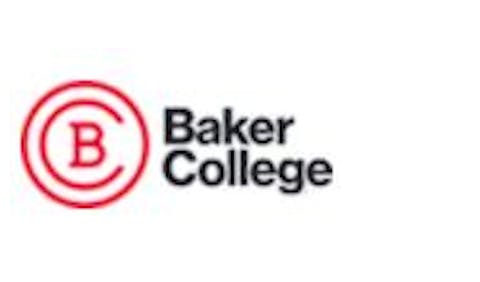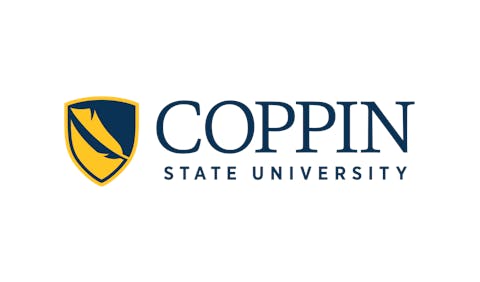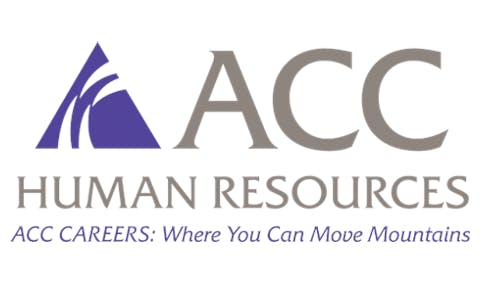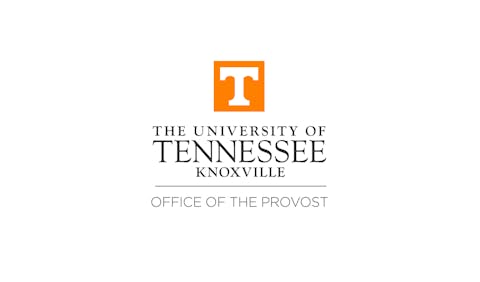 Dr. Keith Curry
Dr. Keith Curry
You know what it is – Everything we do, yeah, we do it “big.”
When I say “do it big,” I mean BIG – Bold, Impactful, and Giving – and always unapologetic.
Bold
Being bold means being unafraid of facing challenges head-on. In the fall of 2024, I began working with Dr. Nathan Evans, Deputy Vice Chancellor of Academic and Student Affairs and Chief Academic Officer at the California State University Office of the Chancellor, to explore their interest in addressing a potential solution to the critical nursing shortage and BSN completion rates in Los Angeles County. From there, the Los Angeles County Nursing 2035 Initiative was founded. This was in direct response to last year's veto message from California State Governor Gavin Newsom regarding California Senate Bill 895 and Assembly Bill 2104, which stated that the 2024 California State Budget Agreement included $60 million per year, from 2025-2026 to 2028-2029, for the Rebuilding Nursing Infrastructure Grant Program, which may be used to develop or expand Bachelor of Science in Nursing (BSN) partnerships with higher education institutions.
Furthermore, Governor Newsom also requested that all segments of higher education continue to collaborate on building these programs together. Dr. Evans and I have included the 19 community colleges in Los Angeles County, the five California State University campuses, industry, and industry partners in this work. We have established a steering committee, which the two of us co-chair and is meeting regularly. The steering committee will release our Los Angeles County Nursing 2035 Initiative Report in November 2025, which will include a publicly available dashboard and recommendations to address the nursing shortage in Los Angeles County. This is a bold initiative, but think about the potential impact we can have together in the communities we serve. Below are some of the preliminary data from the report:
- Employment for Registered Nurses (RN) has outpaced the average growth across all occupations in California, increasing by 57% since 2003, while all occupations combined have grown by only 11%.
- Registered nurses earn $24.62 more per hour than the regional average across all occupations in Los Angeles County. They also earn significantly more than the living wage, averaging $22 more per hour.
- While approved annual enrollments for RN programs in Los Angeles County are sufficient to meet demand, 71% of these enrollments are at private postsecondary institutions. One private institution alone accounts for 35% of all approved enrollments in the county and charges one of the highest tuition rates.
One of the key insights emerging from this research is the stark difference in experiences for new nurses entering the job market after graduation versus the experience of more tenured RNs. 20% of new RNs are struggling to secure their first nursing job within six months of graduation, with many hospitals reporting that they have far more applicants for their entry-level roles than they have capacity to hire. In contrast, hospitals are struggling to find the experienced RNs they need to operate effectively. This shortage of experienced nurses adds additional stress to an already difficult job, causing nurses to burn out and leave, putting even more pressure on the overtaxed system. The nursing shortage is a real issue, but we are taking significant steps to address it in Los Angeles County.
Here’s why this idea is bold: It's not about one institution of higher education, but about all of us working together to identify issues, provide recommendations, implement those recommendations, and then monitor the implementation together over the next ten years. As leaders, we must take ownership of significant problems, establish a system and structure to address them, and remain focused on the bold initiatives that drive change. Being bold takes courage. I have been criticized for the Los Angeles County Nursing 2035 Initiative, as some feel we should approach the nursing shortage differently. I don’t listen to the critics because, at the end of the day, it is about supporting our students and the communities we serve.
Impactful
During this moment in history, our work must be impactful, and for institutions of higher education in Los Angeles County, that means we all must work together to support students' success and outcomes that extend beyond even our institutions. That’s why we must ensure that our students are handed off with care and professionalism as they transition from our institution to a four-year college/university and into the nursing workforce. Community colleges and four-year colleges/universities must continue to align course sequences, advising structures, and student support, including basic needs support, to ensure a smooth transition for nursing students. If we don’t ensure these transfer pathways are seamless, then we're just passing students off into systems that aren't ready for them, or worse, systems that don't value them.
We must also include health employers and our numerous industry partners in the process, working closely with faculty to ensure that the curriculum offered is aligned with employment needs and identifying ways to address retention once individuals have secured employment. Additionally, we should ensure that health employers are employing our students through internships and apprenticeships while they are at our institutions and hiring them in permanent positions upon graduation. My concern is the conversation about return on investment and economic mobility, as well as how we prepare to address big initiatives. For me, the fear is that the conversations surrounding this will not be about the students, and for these conversations to be impactful, they must be centered on the students and the community's needs. At Compton College, since 2019, nursing program students have received the most federal student loan funds. We can't lose sight of this, especially during this moment in time, as we discuss return on investment and economic mobility.
Giving
As leaders during this moment, we must be giving. These are unprecedented times in higher education, and everyone is looking over their shoulders with concern. I feel the pressure, but at the same time, I remain focused on what truly matters, including the nursing shortage in Los Angeles County. Therefore, when you care for your students and the community you serve, you want to address the barriers they face that impact their success, even when those barriers may be perceived as outside your area of influence. For example, my current concerns include that too many Compton College students are taking excessive units to achieve their educational goals, and we need to increase the number of students who complete transfer-level English and math courses during the first year. We are addressing these concerns through the Board of Trustees-approved Compton College 2035, our Comprehensive Master Plan for our institution. We are now operationalizing this through Institutional Set Goals and our 2025-2026 Compton College Goals, while establishing program and academic division-level student success targets aligned with Compton College's 2035 goals and our Institutional Set Goals. This is a bold example of how you can focus your institution on student outcomes. Now, as it relates to the nursing shortage in Los Angeles County, we need to implement the recommendations from the Los Angeles County Nursing 2035 Initiative Report, then establish goals for increasing the nursing workforce by 2035, and then monitor the implementation of the recommendations and the goals and more importantly, identify those individuals, organizations, and align resources to support this work.
We must move in this direction because we care about our students and the community. Giving doesn’t mean we want to talk about the nursing shortage, blame other sectors for it, or watch and do nothing about it; it means acting, caring for the community, and collaborating to get things done for our people. I am committed to the well-being of my community and its residents. I cannot sit back and watch, and neither should you, when we think that everything we do is “big.” Giving means we have developed systems and structures that support everyone while doing the work for the communities we serve.
In closing, this is our opportunity in higher education to ensure that everything we do is “big”-- We must be Bold, Impactful and Giving – BIG as we tackle these big problems. In Los Angeles County, the nursing shortage is a significant issue. I recognize that these are unprecedented times in higher education, but ask yourself this question: if we don’t do this work for our students and the communities we serve, then who will? When I say, Maroon and grey, that is Compton College's school colors, and I do this work for my community, because that’s where I am from, and our students and community deserve the best from their leaders, so I go big for them.
Practitioners and policymakers must stop engaging in the same old, same old because that’s how you yield the same results. I am done with people saying, “This is how we’ve always done it” or “this is past practice,” when they know we aren’t getting the student success and outcomes our students and communities deserve.
We must remain unapologetic during this time, which means continuing to focus on student success and outcomes. Currently, addressing the nursing shortage in Los Angeles County should be a priority for institutions of higher education, industry, and our industry partners. We must do so without expressing regret for doing what's right and the need for nursing at this moment. So, if people, colleagues, organizations, or others are not supportive of a particular initiative and/or priority, but your community and students are, at the end of the day, that is all that matters. It's okay to name your initiative and move forward with it, and in this case, nursing has to be that initiative in Los Angeles County, as well as in the state of California. As I have stated, I have received criticism for this collaborative approach to the nursing shortage in Los Angeles County; however, when I receive criticism or negative comments about this initiative or my work in general, I don’t let it bother me, and neither should you.
Let me be clear – I am not interested in conversations centered on new initiatives or ideas that are not directly connected to student success and their outcomes. Most times I check my email or social media, I’m met with dozens of messages from vendors about what Compton College supposedly needs (typically with an exorbitant price tag attached) and not enough notes about BIG ideas.
This article is about the challenge we as educators face at this moment. Who will step up or continue to step up to the challenge of going big for our students and the community we serve? Who is going to unapologetically focus only on student success and their outcomes, and asking the important questions? Above all else, how can we improve our organization or the work we do for our students?
___________
Dr. Keith Curry is the President/CEO of Compton College.
















